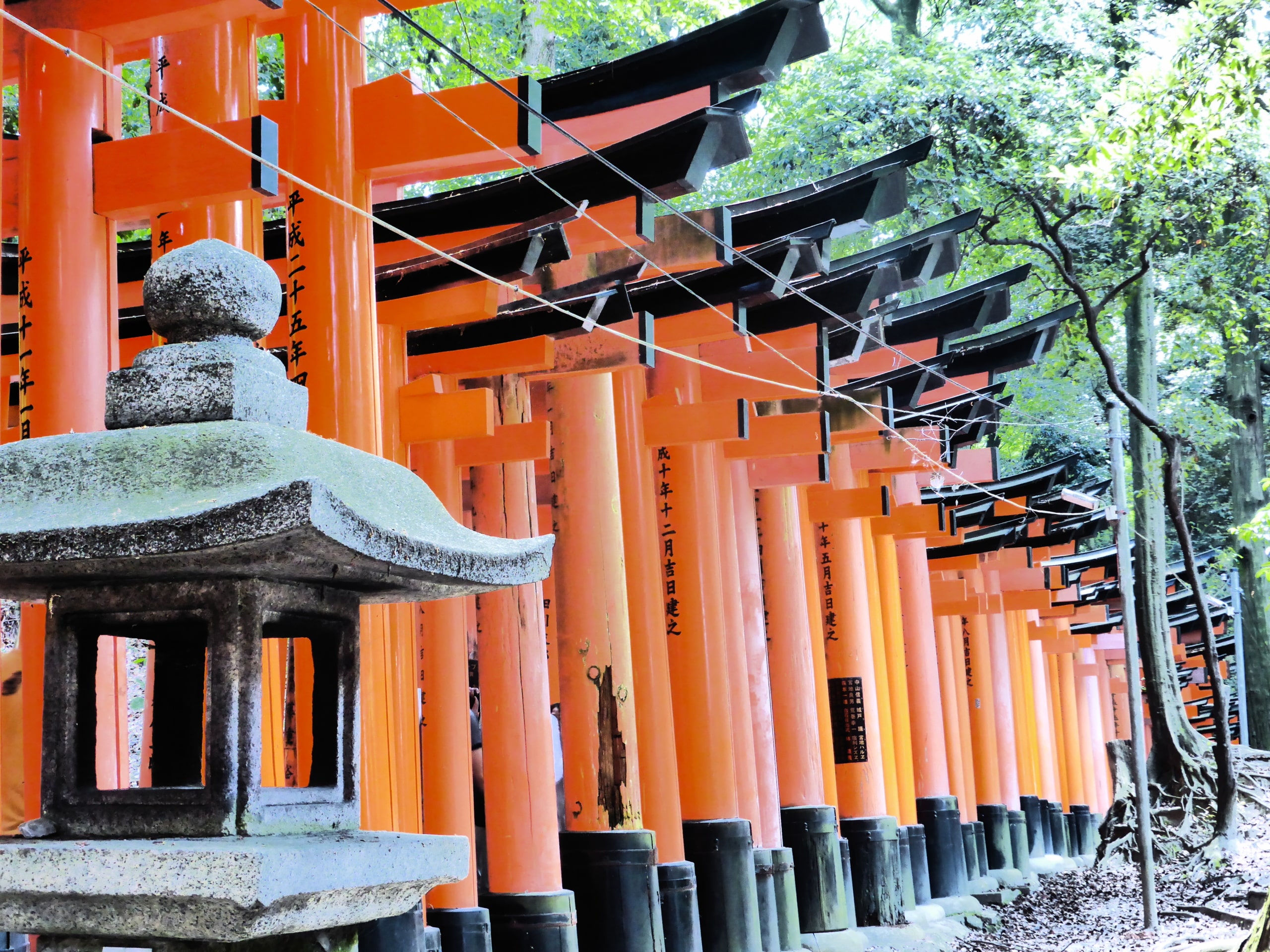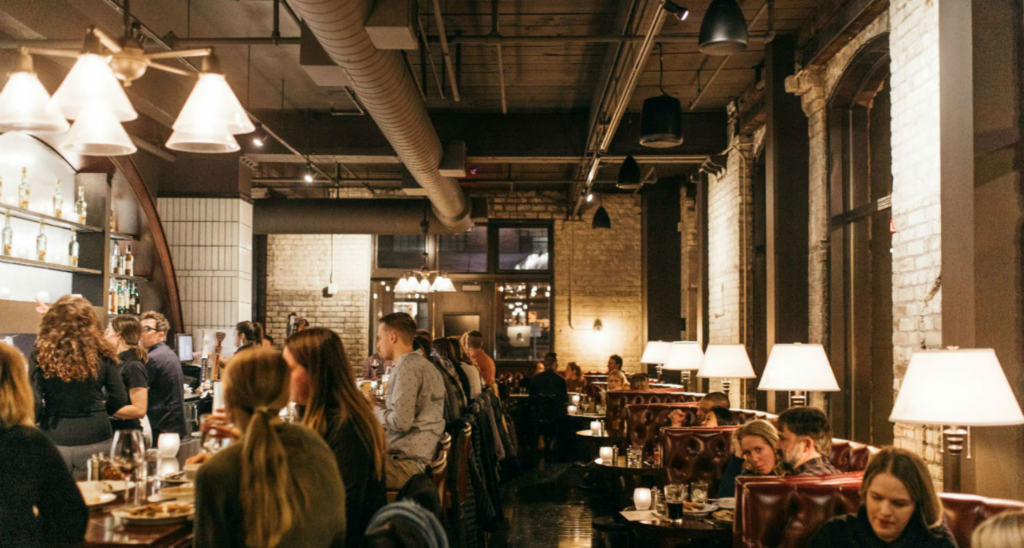November 6, 2016
On our way home from Japan, we went through moments and memories as we often do on long plane rides.
Typical of us, all thoughts came back in rapid-fire, scatter-pattern fashion with no rhyme or reason and no order or organization. Before I post an entry, I usually attempt to turn our random thoughts into a narrative to make us look less crazy. But for Japan, I’m going to just include our list and hope you can follow along.
Memorable comments/moments from Japan:
1. Tokyo is massive, perfectly ordered, clean, intense, vibrant, obedient, kinetic, crisp. High-style, high-design, fashion-obsessed.
2. Tokyo businesspeople love to let their hair down at night, especially Fridays.
3. Yes, you expect to see rice patties in Japan. But do you expect to see only hard-working women hunched over in the fields? Where are the men?
4. Along with the missing men, there are no young people at all in the countryside. (Ohhh, found the men.)
5. The townspeople wash the streets in the small-to-mid-size cities, and they’re all completely clean and well-maintained.
6. The Japanese have the greatest vending machines. They’re on nearly every corner—big towns and small.
7. The Japanese will plant and use every square inch of land for rice or spectacular flowers and gardens. They don’t take any space for granted.
8. As a result of war and earthquakes, the truly old (we’re talking 6th-century) structures are isolated to a few key places (i.e. Kyoto). In much of the countryside, many houses and structures have been rebuilt in a modern Japanese style.
9. They really eat sushi three times a day. The fresh fish is everywhere.
10. After a week, even the most die-hard sushi fans are bound to be scouring for Cheerios and looking forward longingly to the stale Chex served on Delta.
11. To catch those fresh fish, the fishermen take out brightly lit boats in the evening to go harvest the oysters, calamari, etc. It’s truly a sight.
12. There are many places where you can stay in a traditional Japanese ryokan—a traditional Japanese inn dating back to1603 to serve travelers.
13. Ryokans have tatami-matted rooms, communal baths, and other public areas where visitors may wear only a yukata.
14. Nobody told us about the yukatas, which are basically casual kimonos. Okay, they probably did, but we clearly didn’t get the message. We literally wore about one-eighth of what we brought.
15. When they say “communal baths,” they really mean it. If your room has a shower, it looks like it’s from an Airstream trailer circa 1970.
16. There are no body issues at the communal baths. And, yes, there some things you just can’t un-see.
17. We never realized how difficult it actually is to sit on the floor, which we did for almost every meal. Is used to be easy, didn’t it?
18. And, when sitting on the floor, it’s very difficult to get up and down in basically a thin robe. Yes, more than once or twice we caught a nice view of way too much of fellow travelers who didn’t believe in underwear under their yukatas. TMI.
19. The tatami-matted rooms turn from a table for tea during the day to sleeping quarters at night.
20. That means there are no beds. And you sleep on the floor.
21. While you’re sleeping on the floor, you’re basically on a futon. Remember futons from college? (Who could forget the horror?)
22. The Japanese whiskey is really good, which helps with the whole sleeping-on-the-floor thing. Beware, English and Irish.
23. Our favorite whiskey was the Suntory Whisky Hibiki.
24. Always drink whiskey neat. If you don’t like whiskey, the ice won’t help anyway.
25. Really good sake should never be drunk hot.
26. If sake is bad, it’s served hot to mask the flavors (this may not be completely true, but that’s what the purists taught us).
27. Sake is made from fermented rice. It’s brewed like beer: The starch converts to sugar, then alcohol.
28. NEVER pour your own sake.
29. Good sake is actually drinkable.
30. “Mosh Mosh” (or “Mosshu Mosshu”) is our favorite Japanese phrase.
31. We think it means “hello,” but it probably means “you’re an idiot.”
32. Kyoto was spared in WWII, and there are many theories why. One states that the Secretary of War (Henry Stimson) honeymooned there and lobbied to save it. Others say it was on the list, but weather, or perhaps a coin flip, spared it over Hiroshima and Nagasaki.
33. Kyoto is magnificent.
34. Kyoto is a must-see.
35. The Japanese trains, which are everywhere, are so precise and on time you can set your watch by them. (A direct—and welcome—contrast to the French).
36. The Japanese are polite, service-oriented, and overwhelmingly friendly. We didn’t have one experience otherwise.
37. Japan is definitely a top-five contender of all the places we’ve been. Maybe even top three. And we go a lot of places.
In summary:
We traveled from Tokyo to the Noto Peninsula to Kyoto, through Kanazawa. The trip took us along the Sea of Japan and through cities like Noto, Wajima, and Nanao, which really allowed us to adopt the culture.
After the Noto Peninsula, we made our way to Kanazawa, which is known as one of the “castle towns.” It’s home to a beautiful garden (Kenrokuen) perched above the city, a nice stop on the way to Kyoto. Near here, we found a treasure of a restaurant, Flatt’s, not far outside the city that combines Italian with Japanese. It’s perched above the Sea of Japan and uses the gardens as its larder.
The most amazing thing we learned from the Japanese countryside and ryokans is that simplicity in décor and style can be breathtaking. And everywhere you look in the countryside is better than the last.
Kyoto
We ended in Kyoto, and it was the highlight. It’s everything you think you would see in Tokyo in terms of tradition and history, but because Tokyo has been rebuilt as a giant modem city, it’s simply not there.
Kyoto was one of the richest historical cities we’ve seen. It’s been around since before the 6th century, hitting its stride in the 14th and 15th centuries.
The best way to see Kyoto, especially in the first days, is to ask your hotel to set up a bike guide and bikes. I know I sound like a broken record, but you can’t replicate smelling the air, seeing the buildings up close, and covering ground at the same time. Even if you haven’t ridden a bike in years, it’s an easy trek around the city and the best way to see how it all connects. The city is in a basin built between mountains with a river running through the middle.
Kyoto is literally littered (like the alliteration?) with Buddhist shrines and Shinto shrines and Buddhist temples, each with its own history and significance. In the silver pavilion, you can see the very first example of modern Japanese architecture that is still used today (straw mats, simple symmetry). Its contrast is the Golden Pavilion, coated in insane gold leaf.
The Torii gates (yes, we’re using the concept in a restaurant design) are a marvel in their color and repetitiveness throughout the hillside, and great to spot during a hike in the hills.
Hotels in Kyoto:
There are many more traditional options outside of the city, such as Ugenta or Yoshida Sanso. But, after having the traditional ryokan experience in the countryside, we wanted a blend of Japanese style with Western amenities.
Our hands-down favorite was the Ritz Carlton. It is one of the best examples of a blend of high design, amenities, and culture interwoven. We thought it was worth every penny (and there were, admittedly, a lot of pennies).
Other US brands have made their way in, including Marriott and Hyatt Regency.



